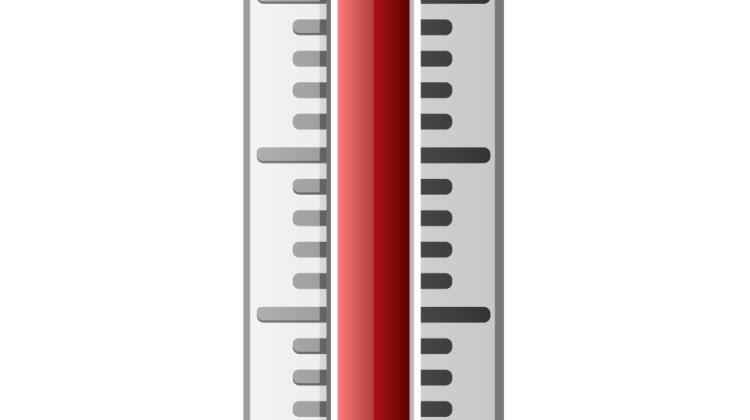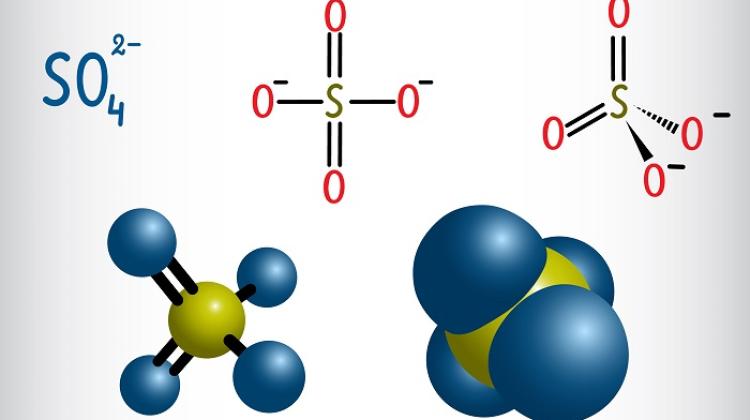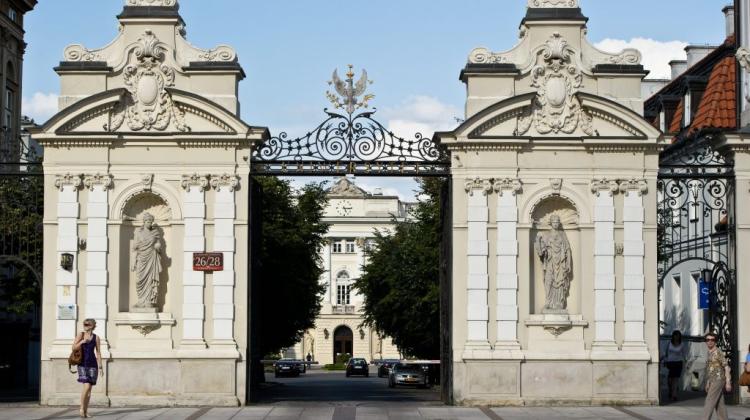Expert: according to forecasts, the second half of the 21st century will be even warmer

Researchers anticipate the second half of the 21st century to be warmer than its beginning, and the rise in temperatures around the globe more clearly perceptible, told PAP prof. Krzysztof Błażejczyk from the University of Warsaw.
In the annual world climate report, the World Meteorological Organization (WMO) reports that globally 2013 was the sixth warmest year since the measurements started. Together with 2007, it took the sixth place on the list of years with the highest average temperature. According to the report, 13 of the 14 warmest years since the measurements started in 1850 were in the 21st century, and each of the last three decades was warmer than the previous one.
Prof. Krzysztof Błażejczyk of the University of Warsaw and the Institute of Geography and Spatial Organization PAS admitted that these data were not surprising for scientists. "Scenarios written by researchers predict a further increase in temperature. Slight stabilisation and relative slowing down of the growth is expected in the 2020s and 2030s. However, in the second half of the 21st century, the rise in temperatures will be even faster than now. According to projections, second half of the century will be warmer than the beginning" - Prof. Błażejczyk told PAP.
According to the researcher, this trend "will be difficult to suppress". Regardless of the reason for global warming, any reduction in the production of greenhouse gases will be conducive to mitigating the effects of temperature increase, which we will have in the future. "The less greenhouse gases, the less the temperature will rise" - noted the researcher.
According to the WMO report, average temperature of the land and ocean surface in 2013 was 14.5 degrees Celsius, about 0.5 degrees higher than the average for 1961-1990, and 0.03 degrees higher than the average for the decade 2001-2010.
Prof. Błażejczyk stressed, however, that the temperature rise would not mean that "we lost the winter". "In the first decade of this century there were more cold winters than the 1980s and 1990s. We should not associate global warming with no winters. Global warming is manifested by the fact that, at least in our part of the world, periods of frost and snows are getting shorter. In the past, winter was slowly waking up, had its climax and slowly expired. Today’s winters start late and end pretty quickly, and they are more sudden" - described the researcher.
In 2013, one of the strongest typhoons recorded to date, Haiyan, passed the Philippines. Australia experienced the warmest year since the measurements started, in Argentina it was the second year in terms of highest temperature, north-eastern Brazil suffered the most severe droughts in the last 50 years. The most severe tornado in history passed through the U.S. state of Oklahoma.
"Everything indicates that various types of violent phenomena such as last year’s hurricanes, will be happen more and more often. There is no indication that they will be less frequent, on the contrary - they will be more violent and stronger. We have to learn to live with it and prepare, for example by changing the structures of buildings. Designers should start thinking about different criteria and thresholds strength of the materials and structures that should withstand stronger winds and rain" - emphasised Prof. Błażejczyk.
PAP - Science and Scholarship in Poland
ekr/ ula/ gma/
tr. RL
Przed dodaniem komentarza prosimy o zapoznanie z Regulaminem forum serwisu Nauka w Polsce.


















